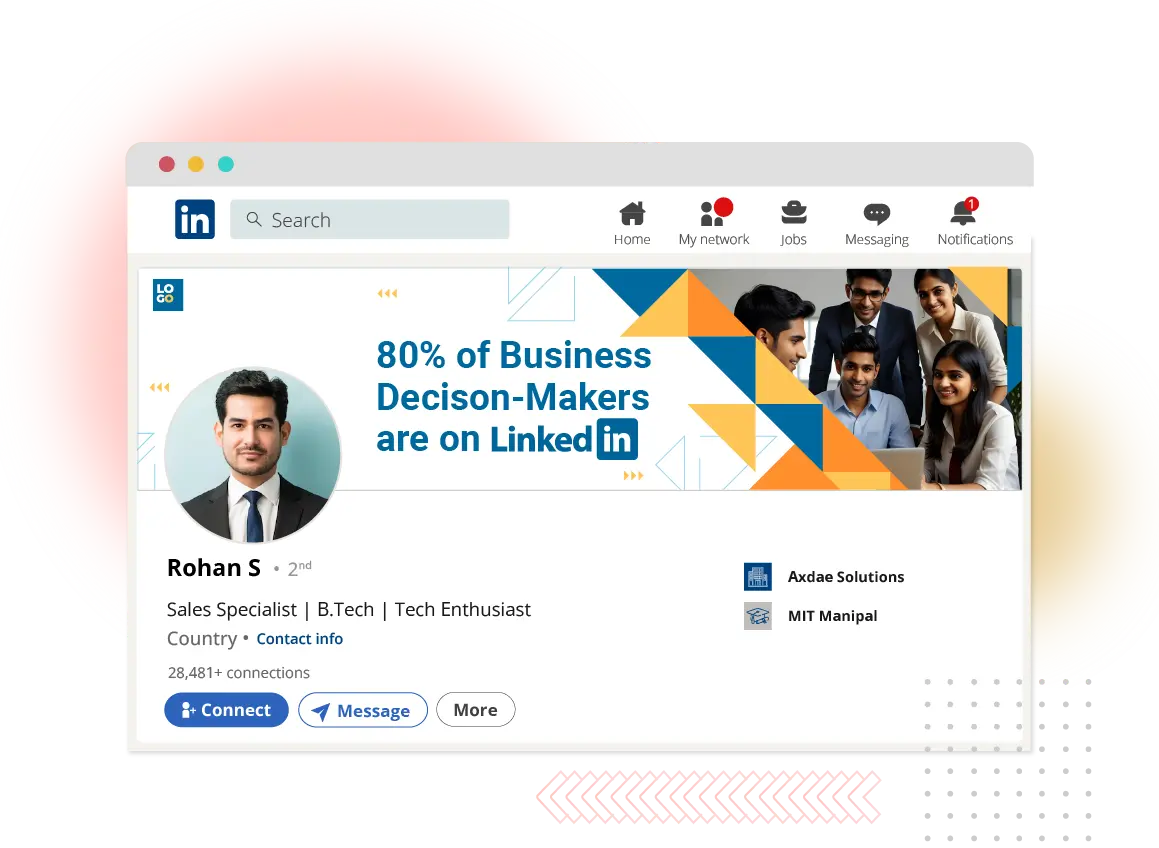
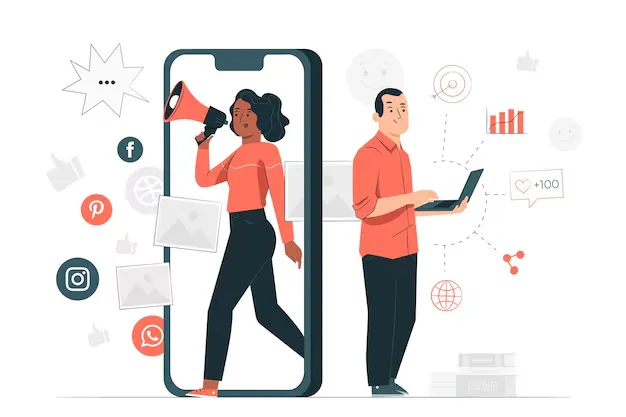
In a world where consumers are bombarded with advertisements, traditional brand marketing is losing its edge. The new era of digital influence is all about authenticity, and nothing is more authentic than voices from within a company. Employee advocacy is reshaping the way businesses build their online presence. When employees champion their workplace, they don’t just share a brand’s message—they amplify it with credibility. The result? A stronger, more trusted, and far-reaching brand image.
Consider this: A recommendation from a friend or colleague holds far more weight than a scripted corporate post. Brands that successfully harness workplace influencers create deeper engagement and foster brand trust, leading to a more sustainable social media presence.
Employees are not just workers; they are the living, breathing embodiment of a company’s values. Their networks are untapped goldmines of potential reach and influence. According to a report, people are 3x more likely to trust company information shared by an employee than that shared by a CEO. This means every time an employee posts about their workplace, they expand the brand’s reach exponentially.
In an age where consumers are bombarded with curated marketing messages, authenticity stands out. People don’t want to hear from faceless corporations; they want to hear from real individuals with real experiences. That’s where employee advocacy plays a game-changing role.
When employees share their stories—whether it’s a personal milestone at work, an inside look at company culture, or an exciting innovation they’ve been a part of—it resonates with their audience in a way corporate messaging never could. This raw, unscripted storytelling builds brand trust, strengthening the company’s relationship with customers, potential hires, and stakeholders.
Take, for instance, workplace influencers who share their professional journeys on LinkedIn. When an employee posts about how their company supports career growth, offers flexibility, or celebrates diversity, it humanizes the brand. These posts don’t just get likes—they start conversations, attract top talent, and create a ripple effect of engagement that no paid campaign can match.
Employee-driven brand growth thrives on credibility. A company’s internal branding efforts must focus on empowering employees to be the voice of the brand. By fostering a work culture where employees feel valued and excited to share their experiences, businesses can organically amplify their brand presence.
When was the last time a corporate LinkedIn post truly caught your attention? Chances are, it was an employee sharing their personal experience rather than a carefully crafted brand message. That’s the difference between traditional corporate content and employee-driven brand growth—one feels promotional, the other feels real.
Social media platforms thrive on authentic interactions, and their algorithms favor content that sparks meaningful conversations. Posts from individual employees, especially workplace influencers, often generate more likes, shares, and comments than a company’s official posts. Why? Because people connect with people, not logos.
For example, take an employee who shares a behind-the-scenes look at a project they worked on. Their post is not just another marketing message—it’s a firsthand account of innovation, collaboration, and company culture. It draws in their network, invites curiosity, and encourages engagement in a way corporate accounts struggle to achieve.
A brand’s social media reach is often restricted by platform algorithms, limited ad budgets, and audience saturation. Even with a well-crafted content strategy, organic brand posts can struggle to break through the noise. But what if your employees became the amplifiers of your message?
This is the power of employee-driven brand growth—turning a company’s workforce into a collective megaphone. Each employee has their own social network, filled with colleagues, friends, industry peers, and potential customers. When an engaged employee shares a post about their workplace, the reach extends far beyond the brand’s immediate followers. Now, imagine an entire team consistently sharing insights, experiences, and achievements. The numbers compound exponentially, creating an influence network that no paid campaign can replicate.
Take the example of workplace influencers—employees who are naturally active on social media and have built credibility in their fields. Their posts don’t just promote the brand; they shape industry conversations, attract talent, and reinforce brand trust. Unlike influencer marketing, where paid endorsements come with an expiry date, this form of brand advocacy is organic, sustainable, and continuously growing.
Potential hires don’t just look at job descriptions—they want to know what it’s like to work at a company. When employees openly share their work experiences, achievements, and company values, it acts as a powerful recruitment tool. This form of internal branding showcases a company as a desirable workplace, making it easier to attract top talent. Moreover, candidates who align with a company’s culture are more likely to thrive, leading to lower turnover and stronger team cohesion.
A powerful example of this in action is Microsoft’s employee advocacy program, where employees actively share workplace stories, innovation updates, and achievements. This has not only increased brand engagement but also strengthened Microsoft’s image as a leader in technology and corporate culture.
Building an effective employee advocacy strategy requires more than just asking employees to share posts. It involves structured planning, engagement, and long-term nurturing. Here’s how business leaders can make it work:
Before employees become brand ambassadors, they need to feel connected to the brand. Companies should:

Not all employees are social media experts, but they can be with the right guidance. Provide:
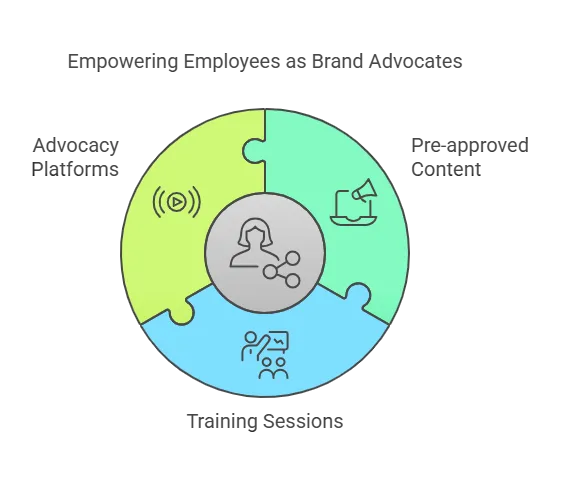
Encourage employees to:
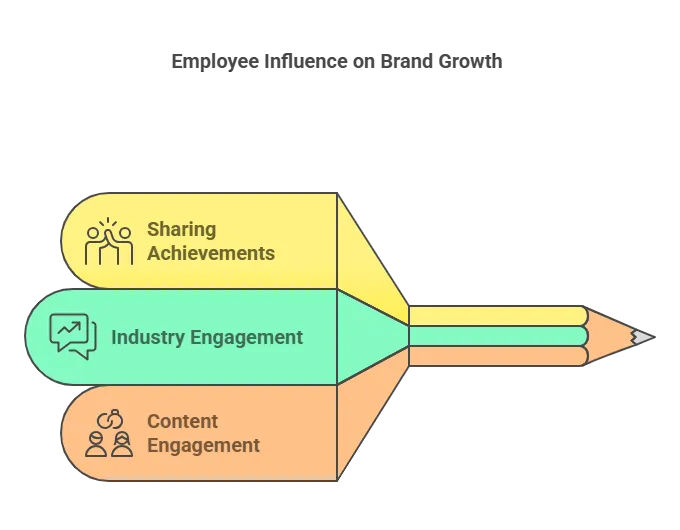
A successful brand advocacy program requires continuous improvement. Track key metrics such as:
While influencer marketing has its place, the power of workplace influencers is unmatched. Here’s why employee advocacy often delivers better results:
| Aspect | Influencer Marketing | Employee Advocacy |
|---|---|---|
| Cost | High (paid sponsorships). Requires significant investment in contracts, perks, and promotions. Engagement drops once the campaign ends. | Low to no cost. Employee-driven brand growth leverages internal branding without heavy financial investment, fostering brand trust. |
| Trust Factor | Moderate (paid endorsements). Consumers are aware of financial incentives behind influencer promotions, reducing credibility. | High (genuine experiences). Workplace influencers drive deeper engagement as their audience trusts firsthand insights. |
| Longevity | Short-term campaigns. Visibility fluctuates once the contract ends, making sustained engagement challenging. | Long-term impact. A social media advocacy program ensures sustainability by embedding brand advocacy into company culture for a lasting ripple effect. |
| Engagement | Varies. Dependent on external factors like algorithms and audience preferences, leading to fleeting interactions. | Consistently high. Employee-driven brand growth thrives on authenticity, fostering lasting relationships and continuous engagement. |
Despite its benefits, many business leaders hesitate to implement an employee-driven brand growth strategy. Here’s why—and how to overcome these concerns:
A common fear among business leaders is that employee advocacy could backfire if employees share negative opinions about their workplace. However, this concern stems from a deeper issue—lack of internal branding and employee satisfaction. The solution isn’t to suppress employee voices but to create an environment where employees feel heard and valued. Open communication, transparent leadership, and proactive conflict resolution build a culture where employees become natural workplace influencers, sharing positive and constructive experiences online. Employee advocacy thrives when trust is a two-way street.
Many leaders assume that employees don’t want to engage in brand advocacy. In reality, employees are more likely to participate when they see personal and professional value in doing so. A well-structured advocacy program should include elements of gamification, recognition programs, and even incentives to encourage participation. Training sessions on how to create a social media advocacy program can help employees understand the benefits of building their personal brand while also supporting company growth. When employees realize that their online presence enhances both their careers and their company’s success, participation skyrockets.
Some skeptics dismiss employee-driven brand growth as just another corporate marketing strategy. However, brand advocacy is about storytelling, not scripted promotion. When employees share their experiences authentically—whether it’s about the workplace culture, innovation, or customer impact—it fosters brand trust that traditional marketing cannot achieve. Unlike influencer marketing, which relies on paid partnerships, internal branding allows businesses to cultivate genuine advocates from within. Brands that embrace employee advocacy position themselves as transparent, people-first organizations, making a lasting impact on both customers and talent acquisition.
LexiConn takes employee advocacy beyond just a trend—it makes it a powerful business strategy. Here’s what sets us apart:
With LexiConn, social media branding becomes an organic extension of your company culture—one where employees are your most valuable brand ambassadors.
The digital world is evolving, and corporate branding alone is no longer enough. Brands that embrace employee advocacy are the ones that will thrive. The authenticity, reach, and engagement of workplace influencers make them a brand’s most valuable asset.
Business leaders who invest in employee-driven brand growth are not just strengthening their social media presence—they are building a brand that people trust, engage with, and advocate for. Are you ready to unlock the power of your employees? Let LexiConn help you lead the way. Book a free 30-minute discovery call with us today!
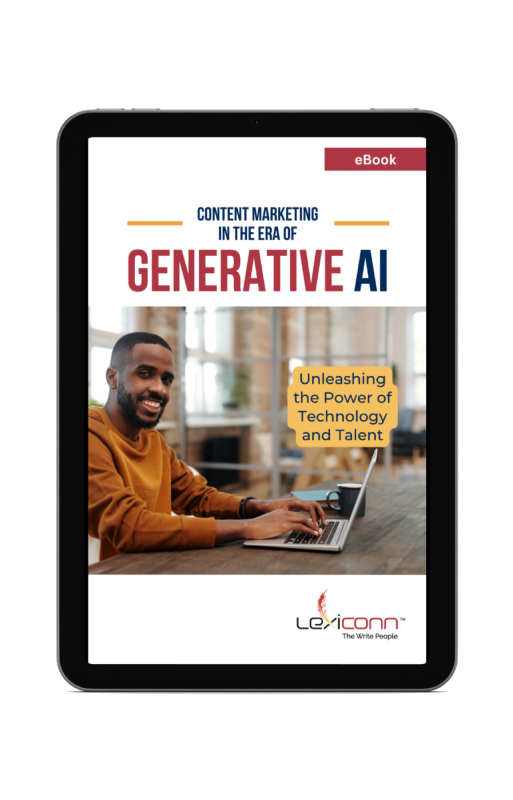
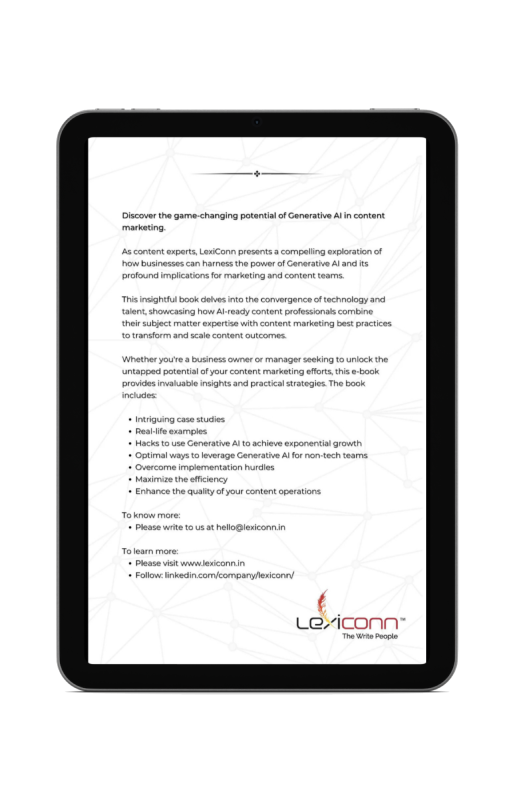
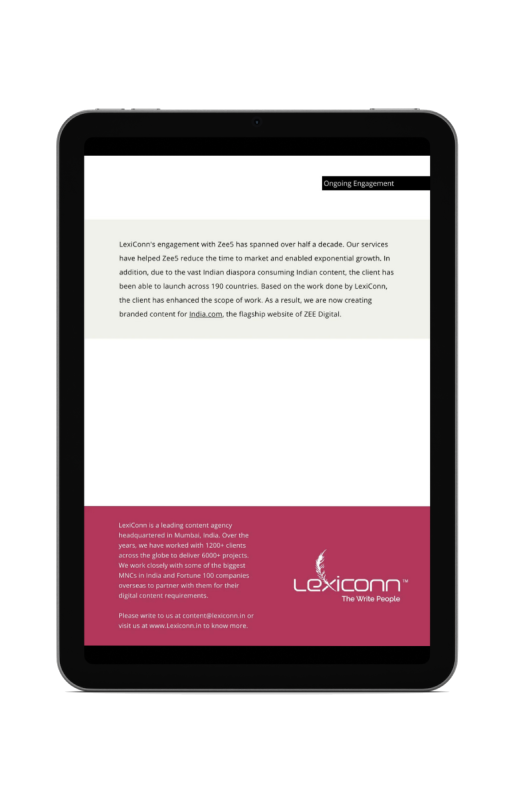
I have read and accept the Privacy Policy
Read More